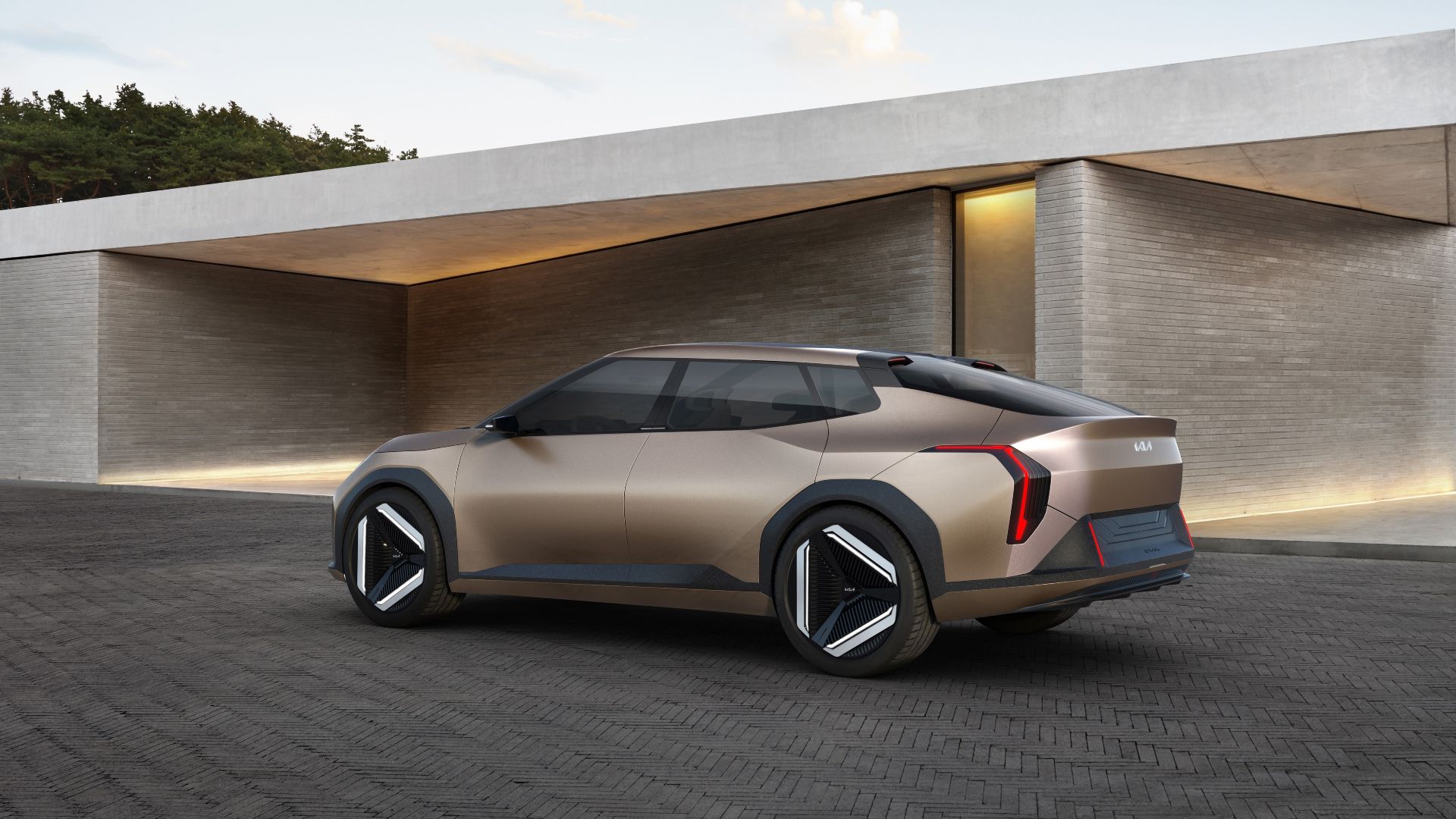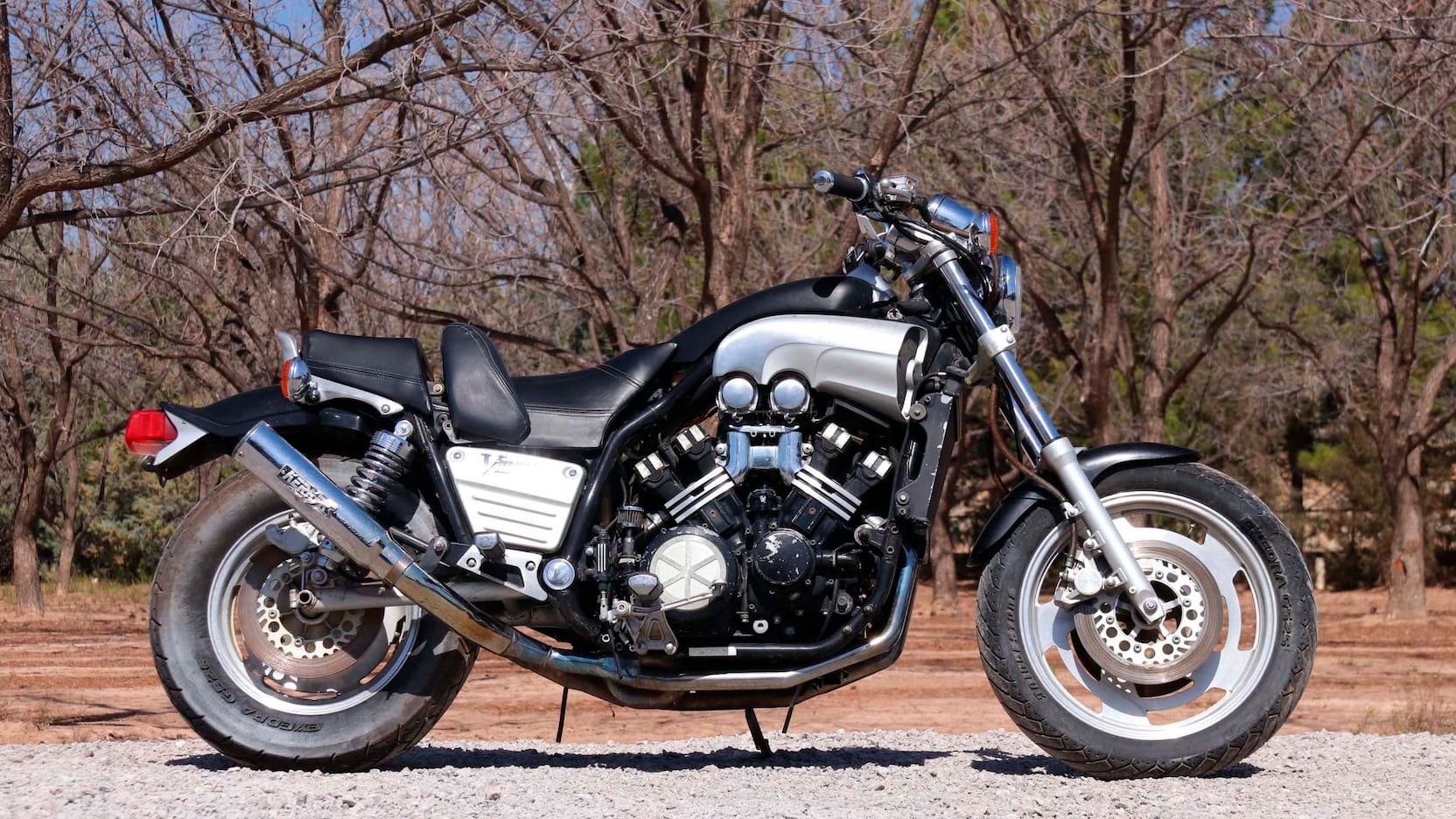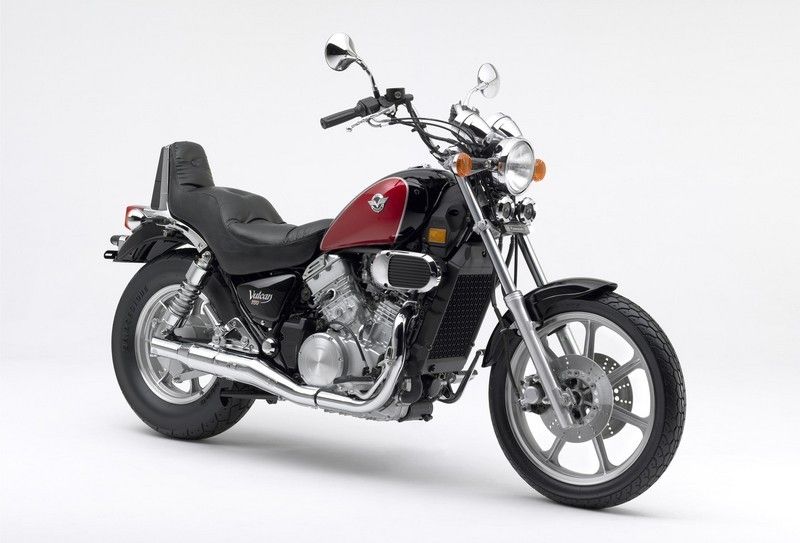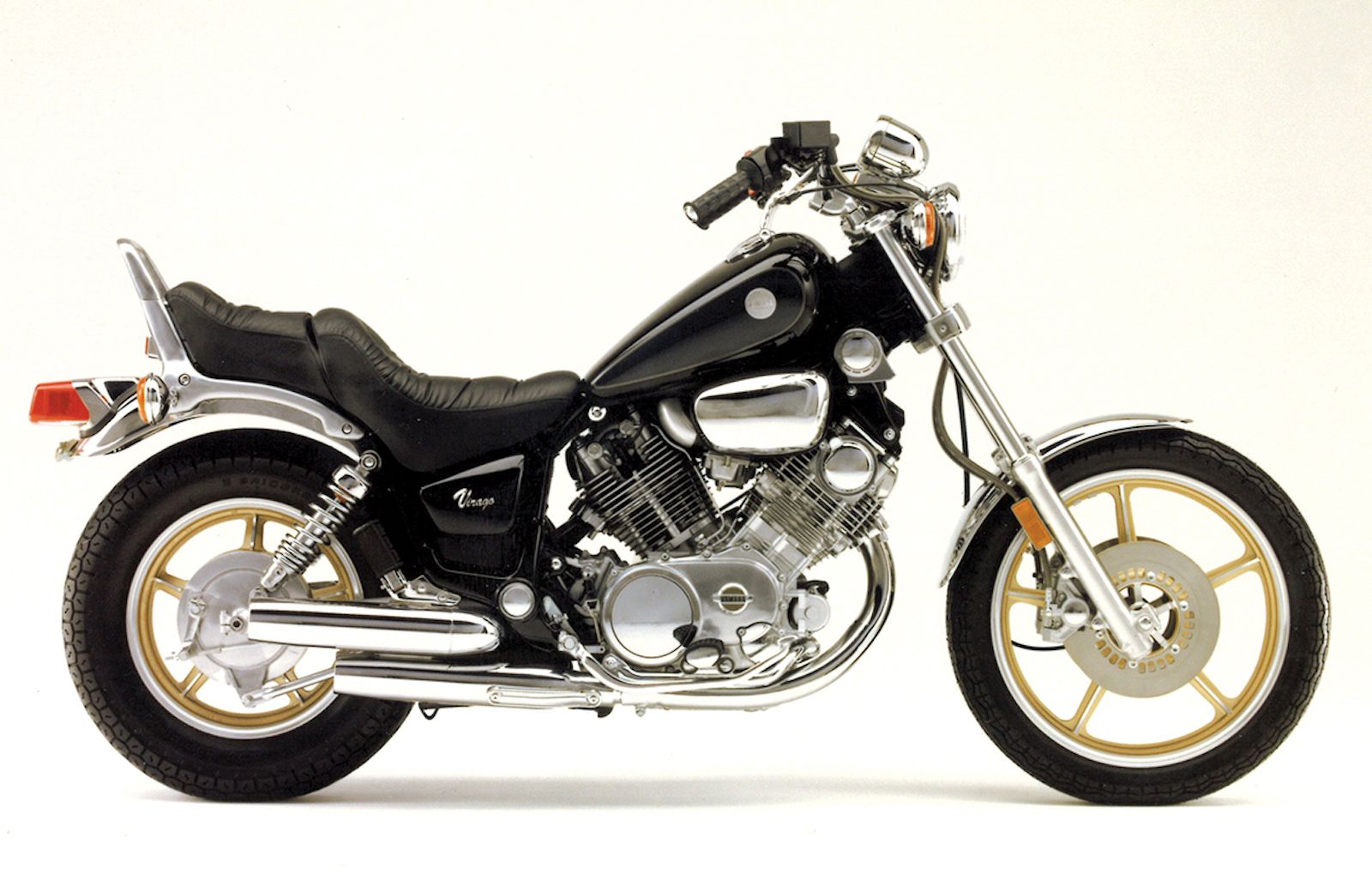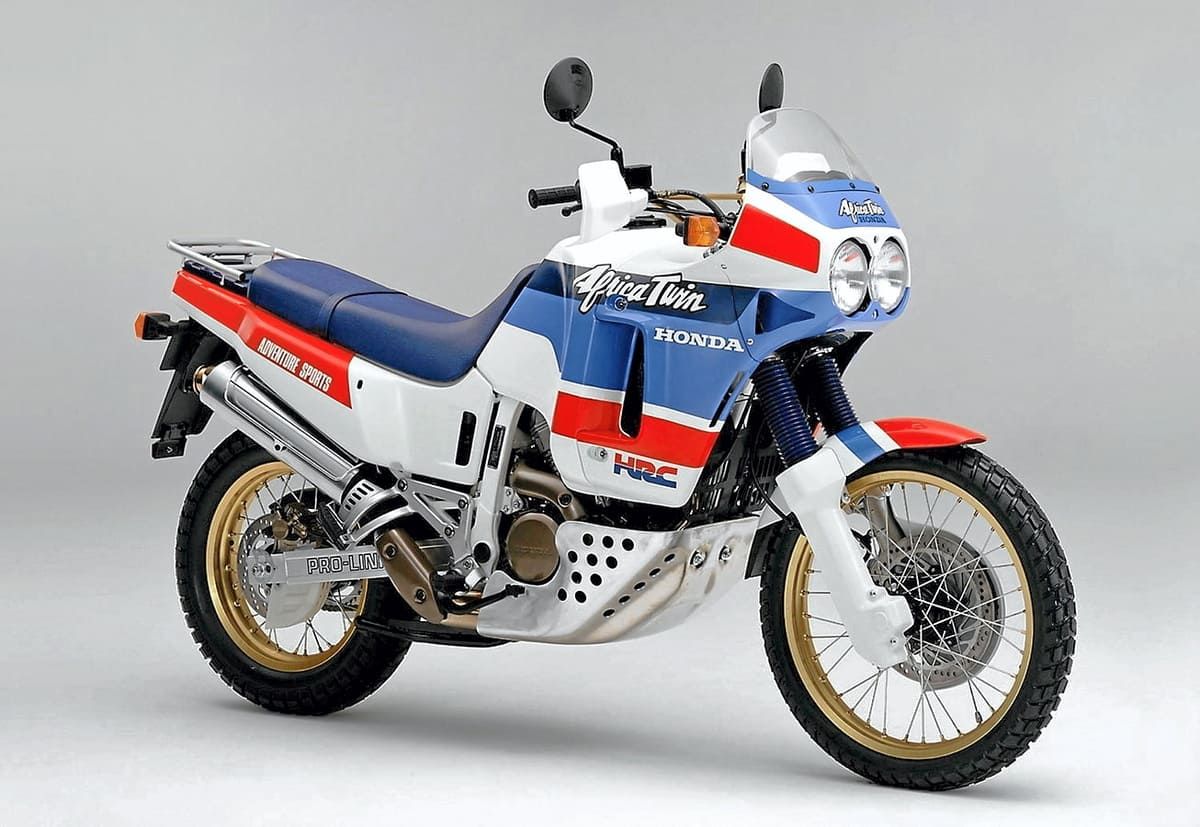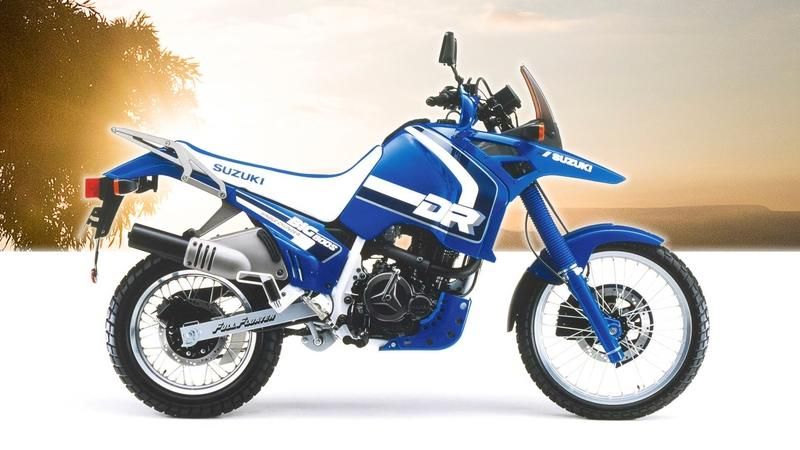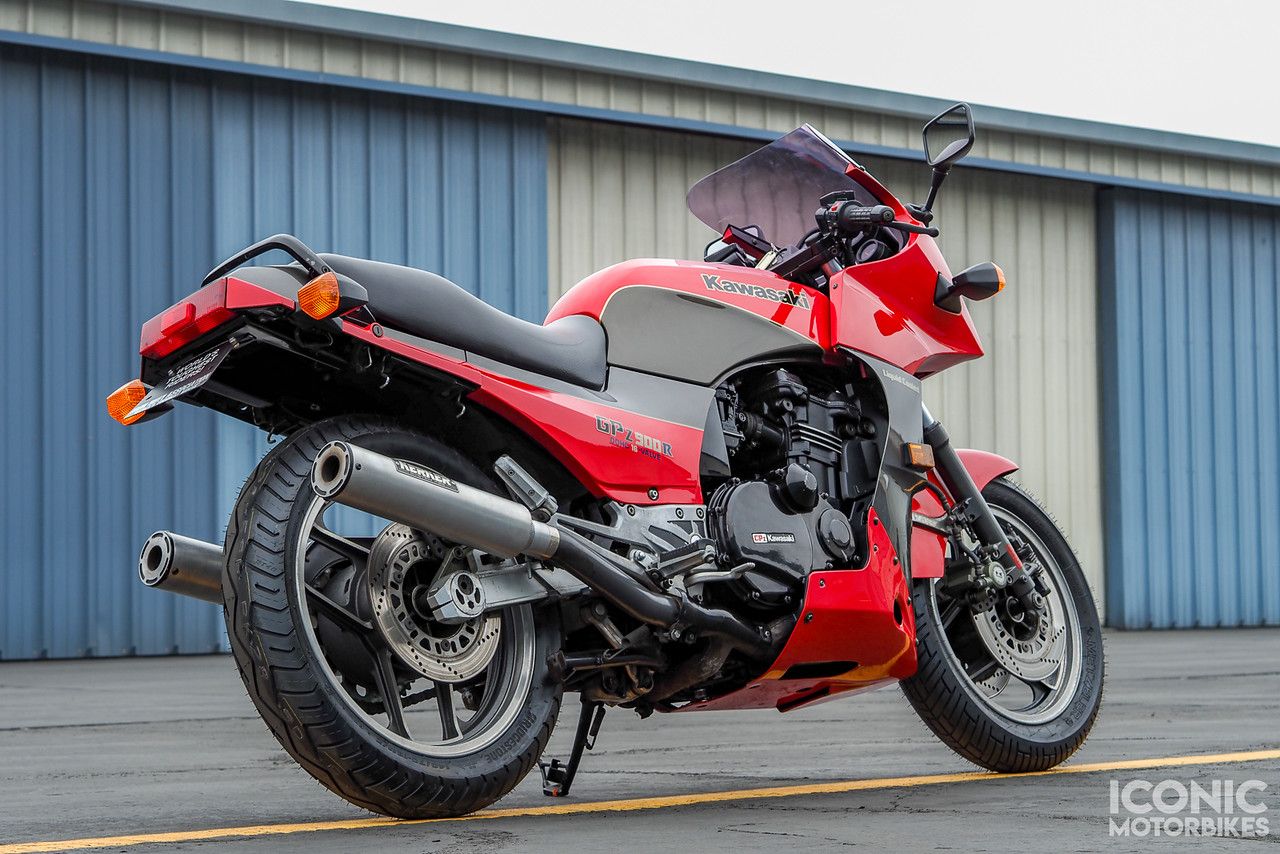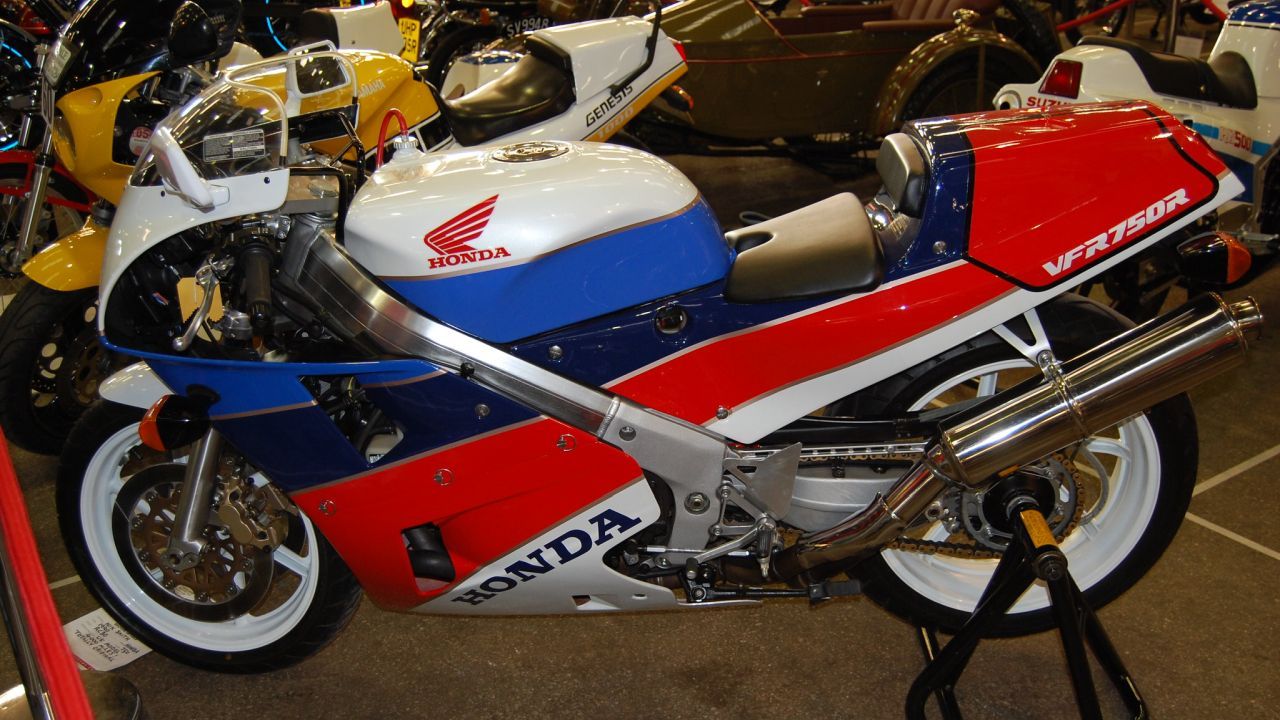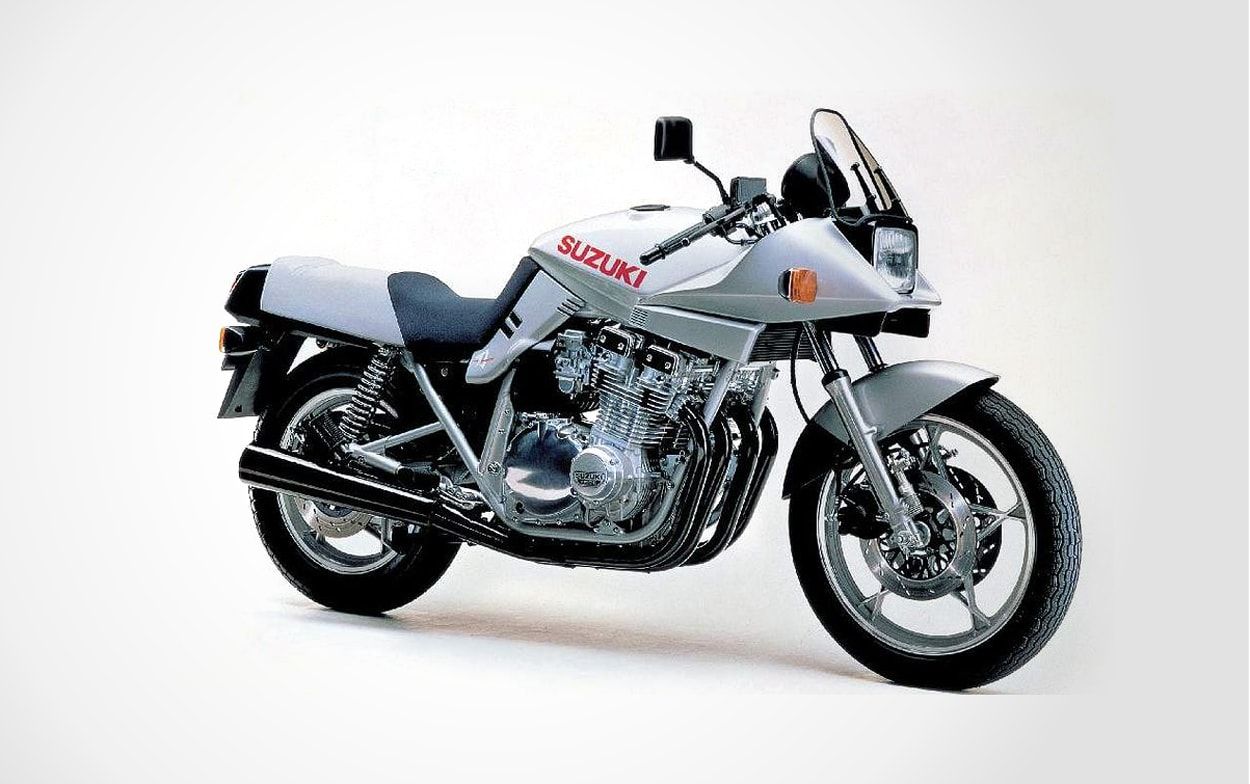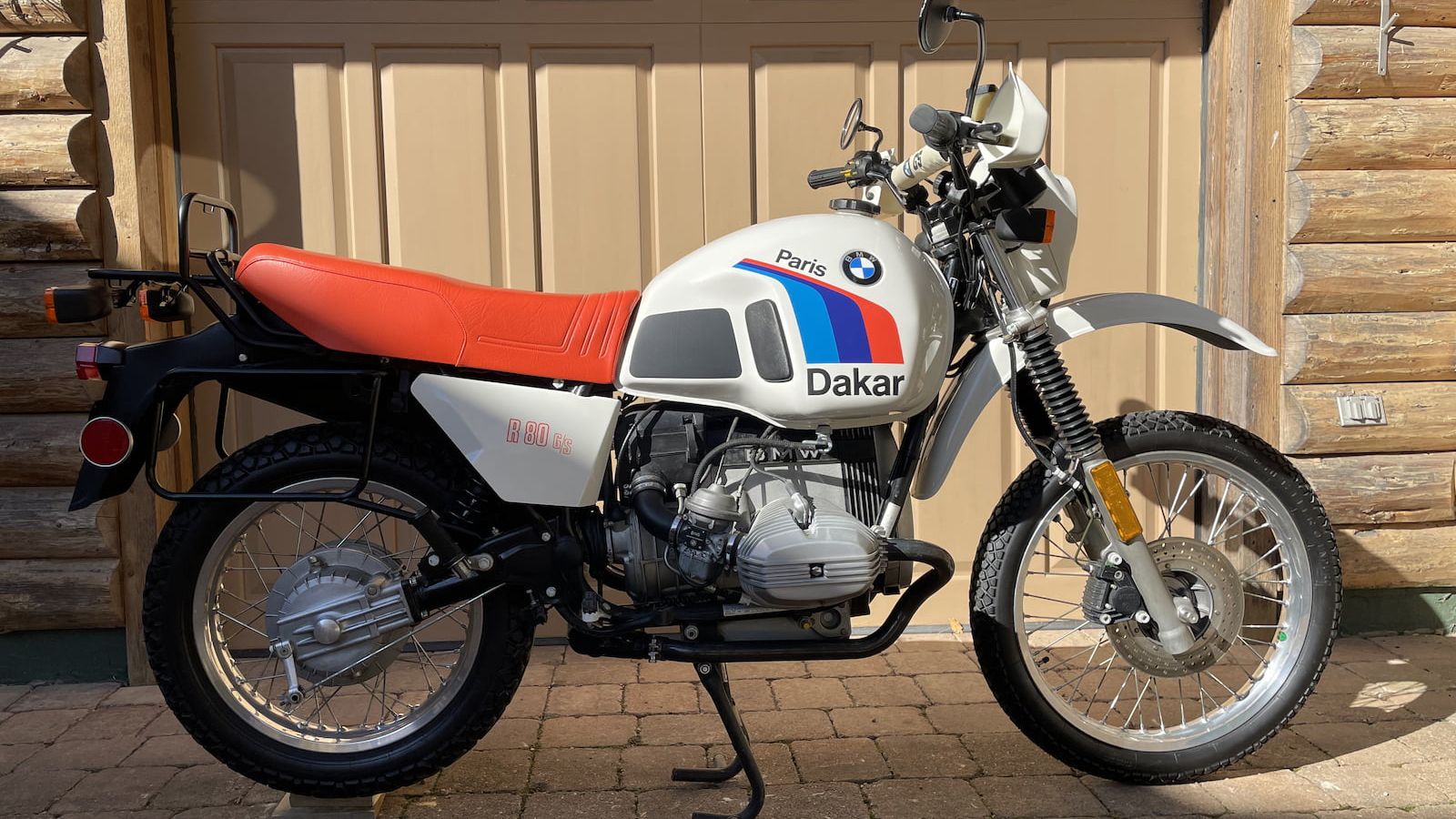- Impressive lineup of Easter Jeep Safari™ concepts from the Jeep® brand are heading to Moab, Utah, April 1-9
- Seven one-of-a-kind Jeep concept vehicles take four-wheeling to the next level and prove why there’s nothing quite like legendary Jeep 4×4 capability
- Jeep brand’s mission of Zero Emission Freedom takes charge with four new electrified concept vehicles, including the reimagined Jeep Wrangler Magneto 3.0
- All concept vehicles are equipped with an array of advanced powertrains and showcase the latest prototype and production parts
March 30, 2023, Auburn Hills, Mich. – An entirely new collection of eye-catching, efficient and mission-capable concept vehicles will be unveiled and driven off-road during the 57th annual Easter Jeep Safari™ (April 1-9, 2023) in Moab, Utah, the Jeep® brand’s home away from home.
Electrified power and commanding performance will be prominent during this year’s Safari. The Jeep brand and Jeep Performance Parts (JPP) by Mopar design teams have created several one-of-a-kind rock-crawling and terrain-traversing vehicles that will take four-wheeling to the next level and prove why there’s nothing quite like legendary Jeep 4×4 capability.
“Every year, more than 20,000 Jeep enthusiasts descend on Moab, Utah, for Easter Jeep Safari to drive in the most extreme off-road conditions, where our engineers continue to push the capability of our Jeep vehicles to next levels,” said Jim Morrison, senior vice president and head of Jeep brand North America. “It’s the perfect place to showcase our seven new Jeep concepts, because it’s with these Jeep enthusiasts that we’ll be able to push the limits even more and get their feedback on where they want to take the Jeep brand into the future.”
This year, seven distinctive Jeep brand and JPP concept vehicles are equipped with an array of advanced powertrains. Back by popular demand is Jeep Wrangler Magneto, the first battery-electric vehicle (BEV) concept from the Jeep brand. The third iteration of the powerful and capable Jeep Wrangler SUV concept, Magneto 3.0, and three additional Jeep 4xe concept vehicles are testament to the Jeep brand’s commitment to Zero Emission Freedom and 4×4 leadership. Each concept also features the latest production and prototype JPP from Mopar, developed with rigorous specifications and legendary 4×4 capability in mind.
“Our annual trip to Moab allows us to showcase the latest selection of custom and authentic, quality-tested Jeep Performance Parts from Mopar,” said Mark Bosanac, North America senior vice president, Mopar service, parts and customer care. “Unlike any other aftermarket offerings, our growing portfolio of factory-tested and factory-backed parts and accessories are specifically designed and engineered to face the toughest trails in the world.”
The 2023 Easter Jeep Safari concept vehicles include:
Jeep Wrangler Magneto 3.0 Concept
It’s the third time in Moab for this off-road beast. When the Jeep design team began building the Jeep Wrangler Magneto concept, the intention was always to use the platform to test, discover and push the boundaries of 4×4 electrification.
The Jeep Magneto 1.0 concept was first introduced in 2021 as a fully capable BEV that was stealthy, quiet, quick and an unmistakable rock-climbing force. Jeep brand engineers and designers created a zero-emission vehicle with Jeep 4×4 capability that provided new levels of efficiency, environmental responsibility, and extreme performance on and off road.
Based on a two-door 2020 Jeep Wrangler Rubicon, the Jeep Magneto features a custom-built axial flux electric motor that operates up to 6,000 rpm and connects to a six-speed manual transmission for ultimate control. The compact e-motor was initially tuned to deliver up to 273 lb.-ft. of torque and 285 horsepower.
The debut of the Jeep Magneto 2.0 concept in 2022 pushed the performance envelope further. Peak amperage in the propulsion system was more than doubled to 600 amps, which enabled the concept vehicle to instantly deliver up to 850 lb.-ft. of peak torque to the wheels – more than triple the torque output of the previous version of the concept – and 625 horsepower for serious rock-climbing challenges.
Updates to Jeep Magneto this year include a new, more efficient motor that boosts the torque output, as well as updated programming, which results in a 20% increase in useable energy and range.
Also new to the Jeep Magneto 3.0 concept this year are three driver selectable functions that capitalize on the benefits of a fully electric powertrain in serious off-road situations:
- Output select allows the driver to choose between two power settings (standard: 285 horsepower/273 lb.-ft. of torque; maximum: 650 horsepower/900 lb.-ft. of torque)
- Two-stage power regeneration mode allows normal driving while off, or enhanced brake regeneration using the electric motor when engaged
- Aggressive hill descent mode can be selected in low range to offer true ‘one pedal’ off-road driving in serious rock-crawling situations
Adding to its prowess are Dynatrac 60 front axles (5.38:1 ratio), Dynatrac 80 rear axles (5.38:1 ratio), 20-inch off-road beadlock wheels, 40-inch mud terrain tires and a custom 3-inch (7.6 cm) lift.
The Jeep Magneto 3.0 concept also tests the concept vehicle’s proportion. For ease of access, the door opening has been modified and swept back an additional six inches (15 cm). For added accessibility, a new B-pillar was moved rearward 60mm from stock to make way for a custom anti-roll bar. The front fender was stretched back on the trailing edge two inches (5 cm). The windshield has been raked back 12 degrees to give the side view a “chopped” roof feel without shortening the front glass.
Jeep Magneto 3.0 has an updated paint scheme that pays homage to all three evolutions of the concept vehicle. The Bright White and Surf Blue motif remains, but the third iteration introduces more vibrant exterior details, including the addition of red accents.
The Jeep Magneto 3.0 concept front seats have been re-trimmed in a rich blue leather and adorned with red accent stitching to match the exterior. The rear seats have been removed and the floor has been Rhino-lined in Surf Blue for added functionality and durability.
Jeep Scrambler 392 Concept
Originally introduced in 1981, the Jeep Scrambler (CJ-8) was the Jeep brand’s first convertible, compact truck. Highly capable and versatile, this unique small pickup truck was similar to the CJ-7, but featured a longer 103-inch (261 cm) wheelbase and a long rear overhang for increased cargo space.
Fast forward four decades, the Jeep Scrambler 392 concept builds on the fun, open-air origins of the CJ-8 with a powerful twist. Though a V-8 engine was never offered in the CJ-8, the 392 Scrambler concept offers impressive power and incredible torque with its 6.4-liter HEMI® V-8 engine (470 horsepower and 470 lb.-ft. of torque).
The Jeep Scrambler 392 concept, which started as a four-door Jeep Wrangler Rubicon, also emphasizes lightweight off-road performance, achieved through custom carbon fiber bodywork. The transformation showcases the Scrambler’s new two-door aesthetic with an open-air freedom personality. The windshield is laid back 12 degrees and matches a lower roof. The modified silhouette gives a nod to chopped top hotrods.
One of the most exciting features on the Jeep Scrambler 392 concept is the newly released AccuAir air suspension kit developed for the Jeep Wrangler and Jeep Gladiator. This system allows an adjustable suspension lift ranging from 1.5 inches (3.8 cm) up to 5.5 inches (14 cm) and can be custom adjusted on the fly with an in-cab controller or through long-range Bluetooth on a wireless device.
The sculptural rear quarter panel is designed to emphasize the door aperture, as well as wider rear flares. The updated bodywork also includes a new front fender flare and a new carbon-fiber hood. In the middle of the hood rests a tinted clear insert to spotlight the heart of the Jeep Scrambler 392 concept, its monster 392 cubic-inch (6.4-litre) engine. Custom front and rear lightweight bumpers and the new fender flares provide added clearance for a larger tire and wheel combo.
The Jeep Scrambler 392 concept sits on 40-inch tires wrapped around custom 20-inch rims. The rims and tow hooks are finished in Brass Monkey paint, the same as today’s stock Jeep Wrangler Rubicon 392. The exterior of the concept is painted in Sublime green, while the interior boasts custom seats with plaid blue inserts and green stitching.
1978 Jeep Cherokee 4xe Concept
Another trip down memory lane leads to this year’s Resto-mod concept build. First introduced in 1974, the Jeep Cherokee (SJ) was a sporty, two-door version of the Wagoneer and featured bucket seats, a sports steering wheel and racy detailing designed to appeal to younger, more adventurous drivers.
A year later, the Wide-Track option was available with key upgraded features, including exterior stripes, larger tires, 3-inch (7.6 cm) wider axles, larger front and rear wheel cutouts, Dana 44 front and rear axles and an interior with more creature comforts.
Which leads us to the present day of this concept vehicle-loving journey. To pay homage to the Jeep Cherokee SJ, a first-of-its-kind vehicle with on- and off-road chops, the Jeep design team set out to reimagine the iconic full-size SUV with a modern spin.
The Jeep Cherokee 4xe concept began its life as a 1978 Jeep Cherokee, which was affectionately blended with a 2022 Jeep Wrangler Rubicon 4xe. The original Jeep Cherokee was intended to take the Jeep Cherokee SJ to the next level of performance, and that ethos rings true for this concept vehicle.
The original body was heavily modified and the exterior fuses original proportions with a bright, unmistakably 1970s-theme multicolor paint scheme. While the ’78 Jeep Cherokee 4xe concept looks similar to a vintage Jeep Cherokee SJ at first glance, it has transformed into a modern, electrified, off-road performer.
Under the hood, the ’78 Jeep Cherokee 4xe concept features the advanced Jeep Wrangler 4xe powertrain, which provides a unique on- and off-road experience through the combination of two electric motors, a high-voltage battery pack and a high-tech 2.0-liter turbocharged I-4 engine. An eight-speed automatic transmission is mated to a 4:1 transfer case to deliver more than enough power to 37-inch tires wrapped around custom 17-inch “slotted mag” style wheels.
The Jeep ’78 Jeep Cherokee 4xe concept’s custom interior features low-back bucket seats trimmed in leather. The rear bench seat was replaced with a four-point safety cage, and the rear cargo space houses a full-size spare tire just in case the trail gets a little too wild.
Jeep Wrangler Rubicon 4xe Concept
Following the overwhelmingly positive reaction to the special-run, limited-edition Tuscadero exterior paint color that debuted in 2021 for Jeep Wrangler models, the Jeep design team decided to up the ante on this head-turning chromatic magenta color. The team drew a line in the Moab sand and decided it was time to flip the color’s perception and make it a lot tougher than expected.
Enter this special Jeep Wrangler Rubicon 4xe concept with its legendary electrified off-road capability, unapologetic color palette and a powerful platform for any adventure.
The exterior of the Jeep concept boasts an eye-catching, pink-hued paint with Gloss Black accents sprinkled across the front grille and headlamp bezels. The signature seven-slot grille was borrowed from the new Jeep Wrangler Rubicon 20th Anniversary model, which sets off a custom hood graphic with a tone-on-tone print that fittingly ties into the interior theme.
The equally bold interior carries the tough-as-nails theme throughout. Custom leather seats feature subtle splashes of magenta that appear just beneath the animal print perforated surface. Glossy black patent leather accents can be found on the seat bolsters and pull straps, while metal grommets are the perfect added flair for the seating surfaces. Additional pops of magenta are featured throughout, on the door pulls, grab handles, as well as the gear shift and transfer case shifter boots.
The pièce de resistance of the interior is a black patent leather dash panel adorned with a zipper trim that hides a layer of pink velvet just beneath.
Off-road capability has been increased with the addition of an adjustable AccuAir air suspension kit to allow ample clearance for massive 37-inch tires that are wrapped around custom 17-inch high-gloss black American Expedition Vehicles (AEV) Borah wheels. Additional AEV pieces include front and rear bumpers, differential covers and a Warn Zeon winch.
Grand Wagoneer Overland Concept
Over the hills and through the Canyonlands National Park we go with the cross-trekking 2023 Grand Wagoneer Overland Concept. The all-new Grand Wagoneer and Wagoneer vehicles reinterpret their own legacies and take the premium SUV into uncharted territories of comfort and adventure. With this in mind, the go anywhere, do anything concept vehicle takes off-road exploration to the next level – and in true Grand Wagoneer style.
The Grand Wagoneer Overland concept leverages the all-new 3.0-liter Hurricane Twin Turbo 510 engine to lead adventure-seekers further off the beaten path. Delivering 510 horsepower and 500 lb.-ft. of torque, the powerful Hurricane engine offers premium performance while also delivering improved fuel economy versus many competitors’ naturally aspirated V-8 and boosted six-cylinder engines.
The overlanding-inspired concept boasts an incredible amount of appointments inside and out. The concept’s main feature is a custom RedTail Overland Skyloft affixed to the top of the Grand Wagoneer’s roof. The carbon-fiber constructed Skyloft unfolds in around 10 seconds from the inside by simply pushing up with one arm.
To accomplish the Skyloft’s integration, the design team began by removing the second- and third-row seats. The rear-most sunroof was repositioned to create a custom weatherproof, pass-thru entrance from the lower third-row seating area to the upper Skyloft level. A fore/aft sliding door and a small step, which also doubles as a usable table, allows for easy access. The Skyloft provides a climate-controlled oasis complete with a sleeping space for two people and enough windows to soak in even the most panoramic views.
And while the Skyloft may be the optimal choice to take in a starry night, the main cabin space below also received plenty of attention to detail. Whether it’s to escape a quick downpour or change out of muddy hiking gear, the concept’s truck bed-lined cargo floor handles any outdoor element with ease.
To complement the Grand Wagoneer’s rear seat entertainment and other creature comforts, the cozy interior was appointed with two oversized beanbags, a plush throw rug, pillows and custom, ambient interior lighting. The spacious interior also provides ample storage for bikes, gear and anything else worthy of the trip.
The exterior of the Grand Wagoneer Overland concept is painted in Industrial Green with Gunmetal accents. A massive Warn winch was added to the front grille and features two sets of custom laser lights for superior night-time visibility. A durable, black Rhino-lined roof has a subtle pop of orange color to pay homage to the countless amounts of outdoor gear used by overlanding enthusiasts.
Larger wheel openings and custom wheel flares, as well as a custom front chin and rear valance help complete the look, while also delivering aggressive approach and departure angles for superior off-road capability. The concept’s 35-inch tires wrapped around custom 18-inch wheels provide a natural 1.5-inch (3.8 cm) lift to the vehicle for added breakover and ground clearance.
Jeep Wrangler Rubicon 4xe Departure Concept
The Jeep Wrangler 4xe Departure concept builds upon the iconic open-air cockpit of the best-selling and most capable PHEV in America with innovative and conceptual items from the JPP by Mopar design team. Notably, the spare wheel and tire mount allows the Jeep Wrangler Rubicon 4xe to push the limits of available departure angles with 4×4 electrification.
Riding on 17-by-8.5-inch Vintage Bronze KMC Impact OL wheels and 37-inch BFGoodrich tires, the Wrangler 4xe Departure concept features a JPP 2-inch (5 cm) lift kit with BILSTEIN performance shock absorbers. The BILSTEIN shocks use remote reservoirs to provide greater cooling capability for increased suspension travel and improved Jeep 4×4 off-road capability.
Protecting the seven-slot front grille first introduced on the 2023 Jeep Wrangler Rubicon 20th Anniversary edition is a custom-designed tubular grille guard measuring 4 feet by 1 foot that folds down to create an innovative bumper bench, a perfect relaxation perch for two while out on the trails. Below the grille guard is a modified Rubicon bumper with a Warn winch.
New, custom, flat-fender flares and wheel liners, designed specifically for larger wheel and tire combinations, provide additional clearance. The flat fender flares have integral removable daytime- running-light (DRL) covers for the off-road enthusiast who may require extra tire clearance for extreme off-road situations. This concept is the first US 50-state legal fender flare with OEM DRL and meets US 50-state tire coverage requirements.
The design team continues to explore customer needs by investigating additional trail lighting. The Wrangler 4xe Departure concept uses three concept header-mounted, 11-inch (28 cm) TYRI rectangular LED lights with custom brackets that mount to the backside of the windshield header. Each light easily pivots out of the way when the windshield is folded down. Illuminating the ground at all four corners are custom rock lights.
Custom rock rails with mounted slider tubes provide enhanced body protection and easier access to the elevated cabin, while JPP tube doors provide the ultimate open-air experience.
For added storage capacity, the Wrangler 4xe Departure concept features Molle panels that attach to the sport bar and the body tub to house additional trail-rated accessories that need a mounting point.
The design team used the Wrangler 4xe Departure concept to explore innovative options to mount the spare wheel and tire, while keeping harmony with other accessories. At the rear is a custom convertible tube gate that offers front- or rear-facing positions for the spare wheel and tire. When the spare is flipped outward, the system acts as a bed extender to provide more cargo space. When the gate is turned toward the cabin, the rear overhang is greatly improved for off-roading while the spare wheel and tire are safely secured. The convertible gate maintains a factory backup camera and CHMSL in either position.
The rear cargo compartment features Jeep Rubicon trail rails with tie downs to store additional accessories, and a signature JPP all-weather cargo mat.
The stunning Dark Harbor blue exterior on the Wrangler 4xe Departure concept is contrasted inside the cabin with the vivid chromatic seating surfaces. The design team uses an expressive color combination of light Acorn Squash Nappa leather contrasted with darker Carnegie Hall brown Nappa leather, accented with warm off-white Serafil stitching. The Dark Harbor blue color continues onto the instrument panel, which features various Vintage Bronze accents.
The Wrangler 4xe Departure concept also features a concept instrument panel accessory rail to mount phones or accessories for recording trail rides.
For the driver, stainless-steel JPP pedal covers include black rubber pads, adding plenty of traction to the accelerator and brake pedals. In addition, JPP door-grab handles provide easy entry and exit.
The new JPP heavy-duty vinyl flooring system is available now for all production four-door (JL) Wranglers. With integrated Jeep floor drains it allows for easy interior cleaning.
Jeep Gladiator Rubicon Sideburn Concept
The Jeep Gladiator Sideburn concept, wearing a striking Solar Flash Yellow, explores new tools designed for the burgeoning interest in off-road adventure.
Powered by a 3.6-liter Pentastar V-6, the Gladiator Sideburn concept features a JPP 2-inch (5 cm) lift kit with BILSTEIN performance shock absorbers. The BILSTEIN shocks use remote reservoirs to provide greater cooling capability for increased suspension travel and improved Jeep 4×4 off-road capability.
At all four corners, black HRE 17-by-9-inch FT1 six-spoke wheels ride on 37-by-13-inch BF Goodrich tires.
Protecting the seven-slot front grille borrowed from the 2023 Jeep Wrangler Rubicon 20th Anniversary edition is a custom-designed tubular grille guard measuring 4 feet by 1 foot that folds down to create an innovative bumper bench, a perfect relaxation perch for two while out on the trails. Below the grille guard is a modified Rubicon bumper with a Warn winch.
Seen for the first time on the Gladiator Sideburn concept is a custom JPP limb-riser that uses heavy-duty cables attached from the top of the hood latch to the back of the windshield header, directing loose branches and brush up and over the roofline, preventing potential damage to the hood and windshield.
Responding to customer feedback and debuting on a Gladiator Sideburn concept, the JPP by Mopar design team installed a pair of removable 11-inch (28 cm) TYRI rectangular LED lights to each of the roof panels, suspended by custom bracketry in the concept-light fairing. The light fairing is attached to each roof panel and features a quick disconnect.
A concept JPP Gladiator Sport Bar, made from lightweight carbon fiber and steel, enhances the space between the cabin and the bed with a design that features bed steps on both sides for easy access. The sport bar also features a mid-shelf with tie downs for portable storage totes. Each tote can be locked and secured via eight available tie-down loops. Four T-track rails on the upper portion of the sport bar enable easy installation of bike, kayak or other roof-mounted cargo systems.
The bed on the Gladiator Sideburn concept is truly unique. Created to further enhance the strong and lightweight Jeep design language, the bed features integral Molle panels above and behind the wheel flares for additional storage. Integral RotoPaX containers are specially designed for liquid storage during off-road adventures. Within the bed is a modified Mopar bed-mounted spare tire carrier that holds a 37-inch wheel and tire.
A custom tailgate carries the standard back-up camera, CHMSL and features three Molle-panel openings, along with a custom floating Jeep badge in the center opening.
The open-air feel of the Sideburn Gladiator concept is further enhanced by the available JPP half doors while JPP side steps and JPP grab handles assist with entry into the elevated cabin.
The open cabin features seats, armrest, shift boots, parking brake handle and half-door pull straps trimmed in a deep, dark, red-brown Vienesse Relicate Nappa leather with Soul-stopper thread. The thread accents continue onto the top pad of the instrument panel and steering wheel.
Custom instrument panel bezels carry a 3D topographical map of Moab scenery finished in matte-black base and gloss dark-silver trails. Accents throughout the cabin are finished in Atomic Silver matte paint.
Decorative, stainless-steel JPP pedal covers provide foot traction for feathering through the trails, and a concept JPP heavy-duty vinyl floor system (for JT Gladiator model) with integrated floor drains allows for quick interior hose-outs.
ENDS
Press Contact Details:
Alice Cross-Watson, PR Manager, Jeep
alice.cross-watson@stellantis.com +44 (0)7395 375272
Matthew Bendall, Head of PR – Vauxhall, Jeep, Fiat & Abarth, matthew.bendall@stellantis.com +44 (0)7920 163854
Jeremy Townsend, Group Communications Director, Stellantis UK jeremy.townsend@stellantis.com +44 (0)7827 896480
Easter Jeep Safari
Easter Jeep Safari, hosted by Moab’s Red Rock 4-Wheelers four-wheel-drive club, consists of trail rides, mostly daylong trips, departing from Moab, Utah, throughout the nine-day event. The Jeep Safari was started in 1967 by the Moab Chamber of Commerce as a one-day trail ride. Over the years, as participation grew, the Safari expanded until it finally reached the current nine-day event. “Big Saturday” remains the culmination of the event on the Saturday of Easter weekend.
Jeep Brand
Built on more than 80 years of legendary heritage, Jeep is the authentic SUV brand that brings capability, craftsmanship and versatility to people who seek extraordinary journeys. The Jeep brand delivers an open invitation to live life to the fullest by offering a broad portfolio of vehicles that continues to provide owners with a sense of safety and security to handle any journey with confidence. The Jeep vehicle range consists of the Cherokee, Compass, Gladiator, Grand Cherokee, new three-row Grand Cherokee L, Grand Cherokee 4xe, Renegade and Wrangler and Wrangler 4xe. Jeep Wave, a premium owner loyalty and customer care program that is available to the entire Jeep 4×4 lineup, is filled with benefits and exclusive perks to deliver Jeep brand owners the utmost care and dedicated 24/7 support. The legendary Jeep brand’s off-road capability is enhanced by a global electrification initiative that is transforming 4xe into new 4×4 in pursuit of the brand’s vision of accomplishing Zero Emission Freedom. All Jeep brand vehicles will offer an electrified variant by 2025.
Jeep Performance Parts (JPP)
Created in 2012 and offered by Mopar for the Jeep brand, JPP provides off-road enthusiasts with high-end, hard-core quality aftermarket accessories and performance parts. The portfolio of factory-backed, quality-tested parts includes axles, lift kits, bumpers, winches, skid plates, suspension components and more. The products are created in close conjunction with the Jeep brand, engineering and product design-office teams for development, testing and validation. Strict standards and factory-exclusive data — information not available to the aftermarket — are used to seamlessly integrate performance parts and accessories in order to deliver proper fit, finish and quality right down to the color, grain and appearance of each product. To see the full line of Jeep Performance Parts, visit mopar.com/jpp

